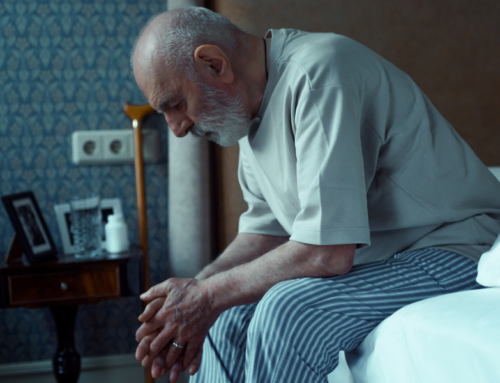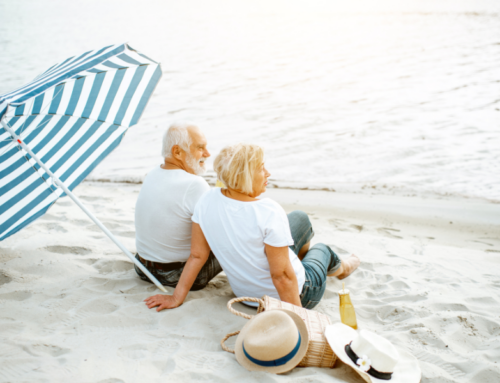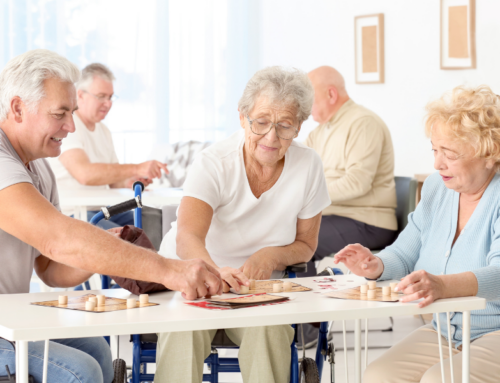Falls among seniors are a significant health concern, often leading to serious injuries and a loss of independence. As we age, our bodies undergo various changes, making us more vulnerable to falls. However, with careful planning and simple adjustments, it is possible to create a safe and supportive living environment for seniors.
Remove Clutter and Obstacles
A clutter-free living space is essential to prevent tripping hazards. Seniors’ homes should be organized and free of unnecessary items, ensuring clear pathways throughout the house. Loose carpets, slippery rugs, and other tripping hazards should be secured or removed. Additionally, extension cords and other obstacles should be carefully managed to reduce the risk of accidents.
Adequate Lighting
Poor lighting can significantly contribute to falls, especially at night. Ensuring that all areas of the house are well-lit with easy-to-reach switches can make a substantial difference. Consider using bright nightlights in hallways, bedrooms, and bathrooms to provide enough illumination for safe navigation during the night.
Handrails and Grab Bars
Installing handrails and grab bars in key areas of the home, such as stairways, bathrooms, and hallways, can greatly enhance stability and prevent falls. These supportive fixtures offer seniors something to hold onto while moving around the house, reducing the risk of slips and trips.
Non-Slip Flooring
Choosing non-slip flooring materials is essential for fall prevention. Seniors’ homes should have slip-resistant surfaces in areas prone to moisture, like bathrooms and kitchens. Bath mats with a rubberized backing can also provide added safety in the bathroom.
Furniture Arrangement
The arrangement of furniture can play a significant role in preventing falls. Ensure that furniture is spaced appropriately to allow easy movement and clear pathways. Avoid placing low tables or decorative objects in walking areas, as they can become potential hazards.
Regular Exercise and Physical Therapy
Staying physically active is crucial for maintaining balance and strength in seniors. Regular exercise and physical therapy can improve muscle tone and coordination, reducing the risk of falls. Simple activities like walking, tai chi, chair yoga, and gentle stretching exercises can make a substantial difference in overall mobility and stability. Ultimately, having an exercise practice that prioritizes strength and balance will help prevent falls for as long as possible.
Assistive Devices
Depending on individual needs, seniors may benefit from using assistive devices such as canes, walkers, or wheelchairs. These aids can provide additional support and confidence, especially when mobility is a concern.
Medication Management
Medication side effects can sometimes affect balance and cognitive function, increasing the risk of falls. Seniors should regularly review their medications with healthcare providers and be cautious about potential interactions or side effects that could impact their safety.
Vision and Hearing Checks
Regular vision and hearing checks are crucial for fall prevention. Impaired vision or hearing can lead to accidents, so it’s essential for seniors to maintain their eye and ear health and address any concerns promptly.
Preventing falls in a senior’s home requires a proactive and comprehensive approach that addresses both environmental and personal factors. By implementing simple solutions such as decluttering, proper lighting, installing handrails, and encouraging regular exercise, we can significantly reduce the risk of falls and create a safe and supportive living environment for our beloved seniors. Empowering them to maintain their independence is not just a responsibility, but a gesture of love and respect as they gracefully age in place. HMC HomeCare staff is experienced in spotting possible problems and recommending solutions whenever they are attending to a senior.






